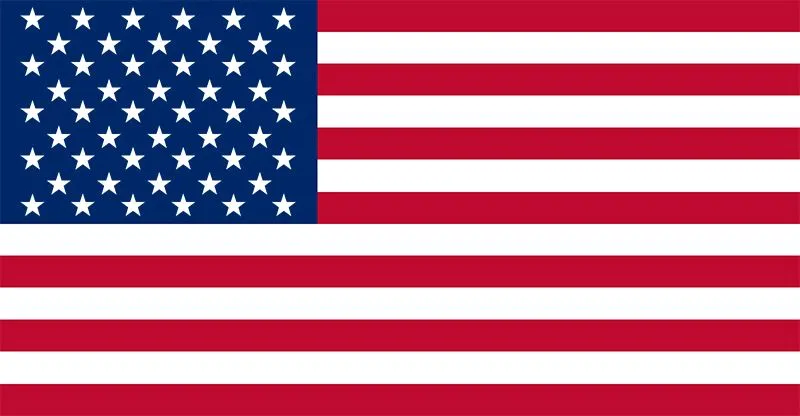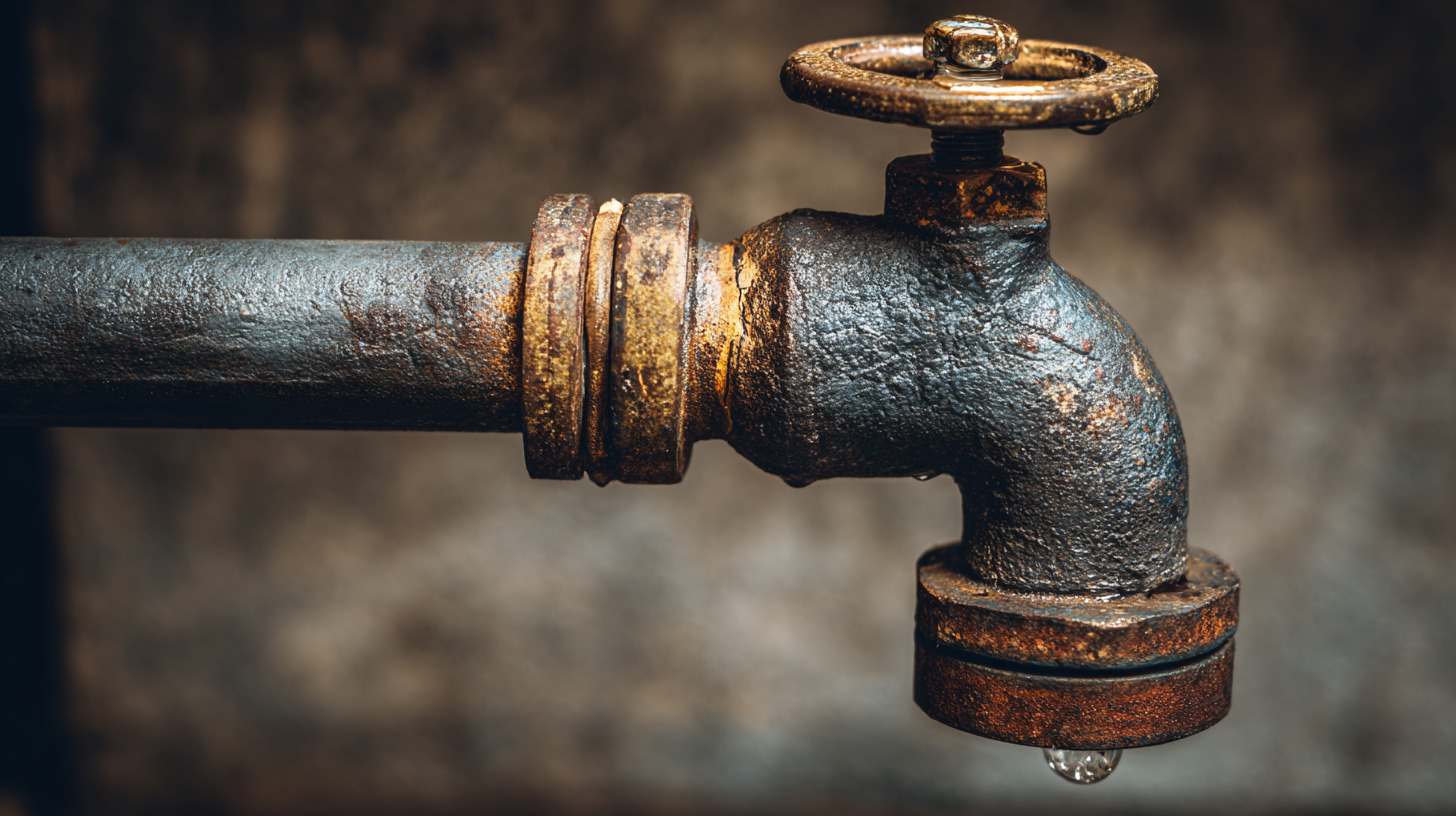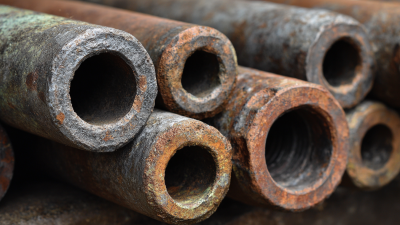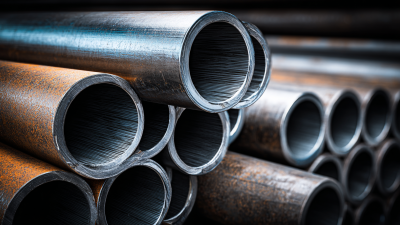
Made in America
Get Connected With



Email Us
sale@abrvpartsacc.com
Call Us
+1 (626) 448-2100
Made in America
Get Connected With




Understanding sewer pipe fittings is crucial for homeowners and DIY enthusiasts alike, as these components play a vital role in maintaining a functional plumbing system. Properly selecting and installing sewer pipe fittings can prevent costly repairs and ensure a smooth flow of wastewater, contributing to a healthier home environment. In this essential guide, we will explore various types of sewer pipe fittings, their specific purposes, and the best practices for installation. Additionally, we will provide valuable tips to help you make informed decisions when working on your plumbing projects. Whether you are a seasoned DIYer or a beginner planning to tackle repairs for the first time, this comprehensive overview will equip you with the knowledge needed to confidently handle sewer pipe fittings in your home.

Choosing the right sewer pipe fittings is crucial for any home project, as the integrity of your plumbing system largely depends on these components. When embarking on a project, homeowners and DIY enthusiasts must understand the various types of sewer pipe fittings available and how each one serves specific functions. For instance, a simple elbow fitting can redirect the flow of waste, while T-fittings allow for branch connections. Paying attention to the material—be it PVC, ABS, or cast iron—is essential, as different materials offer varying levels of durability and ease of installation.
Before making a selection, it’s essential to consider the size and compatibility of sewer pipe fittings with existing plumbing systems. Incorrect sizing can lead to leaks or blockages, undermining your entire project. Additionally, ensure consistency in fitting brands and styles throughout your plumbing project to avoid compatibility issues. By thoroughly researching and evaluating your options, you can choose the right sewer pipe fittings that will not only fit your immediate needs but also stand the test of time in your home.
When it comes to installing sewer pipe fittings, understanding the key tools and materials needed is crucial for both homeowners and DIY enthusiasts. The global thermoplastic pipe market, valued at $4.05 billion in 2024, is projected to grow significantly, reaching $6.14 billion by 2026. This growth is primarily driven by the increasing demand for durable and lightweight materials like PVC, which is widely used in sewer applications due to its corrosion resistance and longevity.
Essential tools for this installation include pipe cutters, wrenches, and Teflon tape, which ensure secure and leak-free connections. In addition to tools, the choice of fittings is critical. PVC fittings, available in various types such as elbows, tees, and caps, play a significant role in establishing efficient sewage systems.
The market for PVC pipes and fittings is expected to continue expanding, with various material options like UPVC and CPVC catering to diverse applications in water supply and distribution. As such, equipping oneself with the right knowledge and resources is vital for successful installation and maintenance of sewer systems.
Installing sewer pipe fittings can seem daunting, but with a systematic approach, homeowners and DIY enthusiasts can tackle this task effectively. According to the American Society of Plumbing Engineers, incorrect fitting installations contribute to over 30% of sewer system issues, underscoring the importance of proper procedures.
Begin by gathering the necessary tools: pipe cutters, a measuring tape, primer and solvent cement, and safety gear including gloves and goggles. Prior to installation, measure the sections of pipe carefully to ensure a proper fit.

Once your materials are prepared, follow these essential steps: first, clean the ends of the pipes and fittings to remove any dirt or debris. Next, apply primer to the areas that will be joined, which not only cleans but also prepares the surface for better adhesion. After priming, apply the solvent cement generously and swiftly fit the pieces together, holding them in place for about 30 seconds.
According to a recent report by the National Association of Plumbing Contractors, using a reliable fitting method can enhance the overall integrity of the sewer system, reducing potential leaks and lowering maintenance costs by up to 25%. By following these straightforward steps, you can ensure the durability of your sewer fittings and maintain a healthy plumbing system.
When it comes to sewer pipe fittings, understanding the various types and their specific uses is crucial for homeowners and DIY enthusiasts alike. The most common types of sewer pipe fittings include elbows, tees, wyes, and couplings.
 Elbows are used to change the direction of the pipeline, typically at a 45 or 90-degree angle. This is essential in navigating around obstacles or connecting different sections of piping. Tees allow for branching off to another line, making them invaluable for creating lateral connections in drainage systems.
Elbows are used to change the direction of the pipeline, typically at a 45 or 90-degree angle. This is essential in navigating around obstacles or connecting different sections of piping. Tees allow for branching off to another line, making them invaluable for creating lateral connections in drainage systems.
Wyes are similar to tees but are designed to create a smoother flow of wastewater, reducing the risk of clogs. They are particularly useful in residential systems where water flow needs to be efficient. Couplings are straightforward fittings that connect two pieces of pipe, ideal for repairing or extending existing lines. Understanding these fittings not only helps in selecting the right components for any sewer system project but also ensures that installations are completed effectively and with optimal performance in mind.
When it comes to sewer pipe fittings, even seasoned DIY enthusiasts can make critical errors that can lead to costly repairs and messier situations down the line. One common mistake is failing to choose the right materials. According to the American Society of Civil Engineers, improper material selection can lead to a 25% increase in maintenance costs over the lifespan of a plumbing system. It's essential to understand the properties of various materials, such as PVC, ABS, and cast iron, and how they interact with the specific conditions of your sewage system.
Another frequent pitfall is neglecting to account for proper alignment and slope. The Plumbing-Heating-Cooling Contractors Association (PHCC) states that misalignment can cause blockages, leading to reduced flow and potential sewage backups. A minimum slope of 1/4 inch per foot for sewer lines is recommended to ensure efficient drainage. Always double-check your measurements and use a level during installation to avoid these issues. By being mindful of these mistakes, homeowners can save time, money, and frustration in their plumbing projects.
| Common Fitting Type | Usage | Common Mistakes | Tips for Avoidance |
|---|---|---|---|
| Coupling | Connecting two pipes | Neglecting proper alignment | Ensure pipes are aligned flush before sealing |
| Elbow | Changing pipe direction | Incorrect angle selection | Check specifications for the required angle |
| Tee | Creating a branch line | Forgetting to support lateral pipes | Use proper supports to prevent sagging |
| Reducer | Connecting different pipe sizes | Improper sizing leading to leaks | Always match the reducer size with pipe dimensions |
| Cap | Sealing the end of a pipe | Using an incorrect fitting | Ensure the cap matches the pipe diameter |





